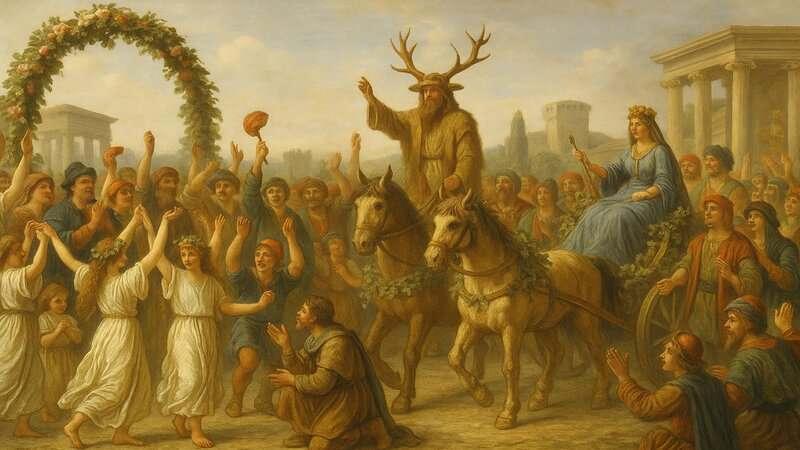1. Floralia – Blossoming in Ancient Rome

The Floralia was one of ancient Rome’s most exuberant celebrations, dedicated to Flora, goddess of flowers and spring. Every April, Romans would don brightly colored clothing, fill the streets with petals, and enjoy lively theatrical performances and games. Floralia was a joyful tribute to life’s renewal and fertility, often featuring playful mischief and unrestrained revelry. Unlike Saturnalia, whose spirit lingers in modern holidays, Floralia faded with Rome’s shift to Christianity. Learn more about this lost Roman festival at Britannica.













